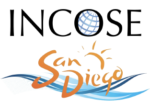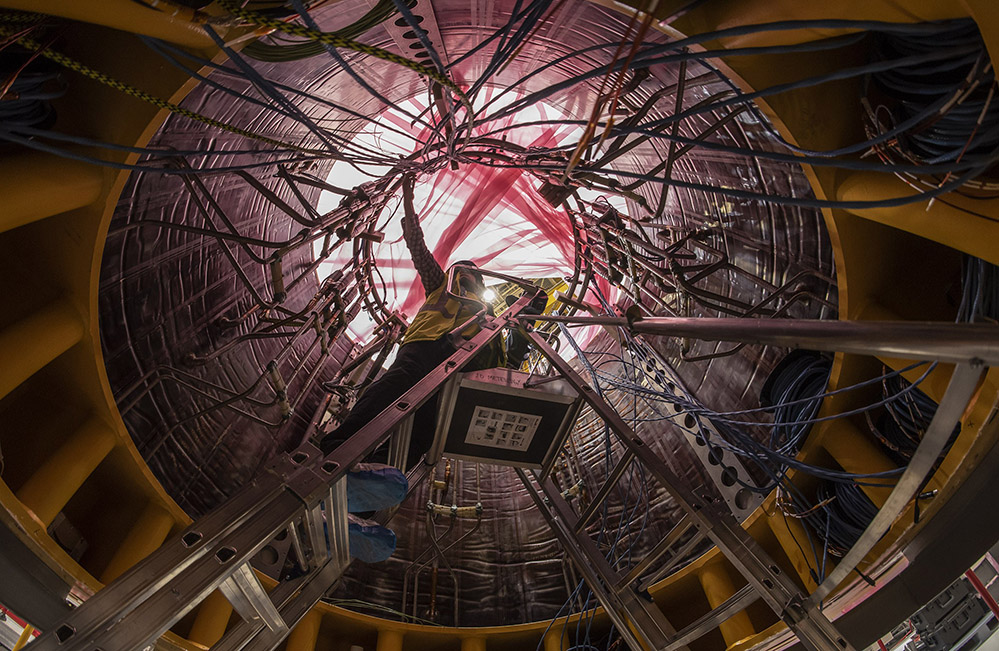
(This presentation is open to all, including non-INCOSE members. Image from www.iter.org)
Please join us for a special presentation on General Atomics’ contribution to the International Thermonuclear Expansion Reactor (ITER) program, where global scientists attempt to harness the power of fusion reaction. This event will be Hybrid, held in person at Filippi’s restaurant in Kearny Mesa, plus webcast to external audience. This presentation also includes a free buffet for in-person attendees.
Details:
Date: Wednesday, May 17th, 2023. 5:45-7pm (presentation starts at 6pm)
Location: Filippis Restaurant in Kearny Mesa (San Diego, California). 5353 Kearny Villa Rd, San Diego, CA 92123. (Google Maps)
Cost: Free. There will also be a free buffet (Italian food – pizza, salads, etc.) for all in-person attendees!
Zoom Link:
https://incose-org.zoom.us/j/86298988903
Telephone dial in: 669-900-6833
Meeting ID: 862 9898 8903
Synopsis:
Nikolai Norausky, P.E., will give a brief tour through fusion energy and the status of International Thermonuclear Expansion Reactor (ITER), the world’s largest science experiment, with a focus on the engineering and manufacturing of the ITER Central Solenoid (CS) magnet modules. The CS is a critical component of the ITER experiment, an international collaboration of 35 nations that will demonstrate the feasibility of fusion energy. Fully assembled, this massive magnet will be 59 feet tall, 14 feet in diameter, and weigh a thousand tons. Often referred to as the “heart of the ITER facility,” it will drive 15 million amperes of electrical current that will be used to shape and control the fusion reaction.
What is ITER?
ITER (“The Way” in Latin) is one of the most ambitious energy projects in the world today.
In southern France, 35 nations* are collaborating to build the world’s largest tokamak, a magnetic fusion device that has been designed to prove the feasibility of fusion as a large-scale and carbon-free source of energy based on the same principle that powers our Sun and stars.
The experimental campaign that will be carried out at ITER is crucial to advancing fusion science and preparing the way for the fusion power plants of tomorrow.
The primary objective of ITER is the investigation and demonstration of burning plasmas—plasmas in which the energy of the helium nuclei produced by the fusion reactions is enough to maintain the temperature of the plasma, thereby reducing or eliminating the need for external heating. ITER will also test the availability and integration of technologies essential for a fusion reactor (such as superconducting magnets, remote maintenance, and systems to exhaust power from the plasma) and the validity of tritium breeding module concepts that would lead in a future reactor to tritium self-sufficiency.
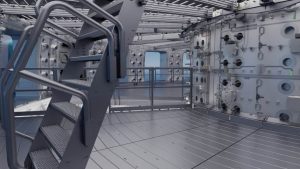
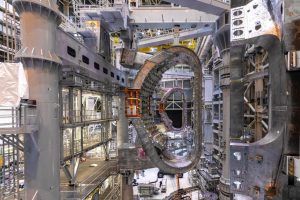
General Atomics and ITER
General Atomics is fabricating the Central Solenoid modules for the international ITER project, an unprecedented scientific collaboration that aims to demonstrate the feasibility of fusion power as a clean-energy resource on a global scale.
The Central Solenoid will be comprised of six individually fabricated modules. When fully assembled, the Central Solenoid will measure 5 stories tall, 14 feet wide, and weigh 1,000 tons. The most powerful pulsed superconducting electromagnet ever constructed, the Central Solenoid is often referred to as the heart of ITER and will drive 15 million amperes of electrical current.
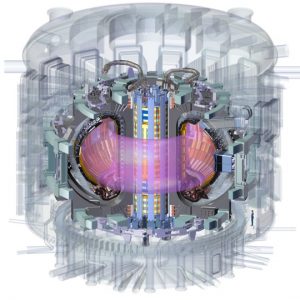
Presenter: Nikolai Norausky, P.E.
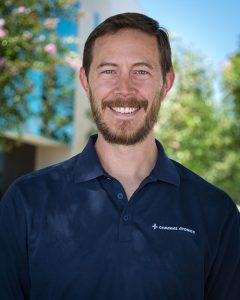
Mr. Nikolai Norausky serves as the Deputy Program Manager and Technical Lead for the General Atomics International Thermonuclear Experimental Reactor (ITER) Central Solenoid (CS) program, leading the GA technical team in creating innovative solutions to maintain technical progress on the production of the magnet modules. Mr. Norausky is also developing technology solutions for future fusion devices that will leverage the capabilities of high-temperature superconductors.
29 signed up so far.
Event date is past
